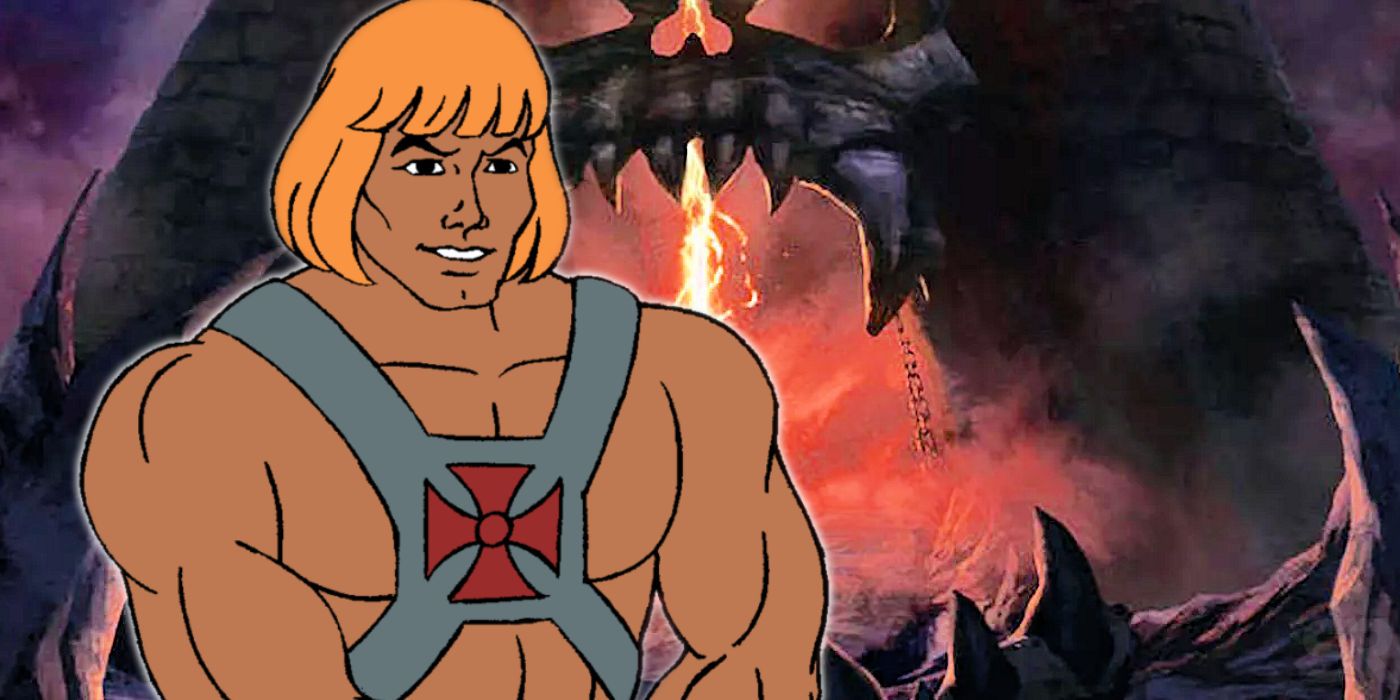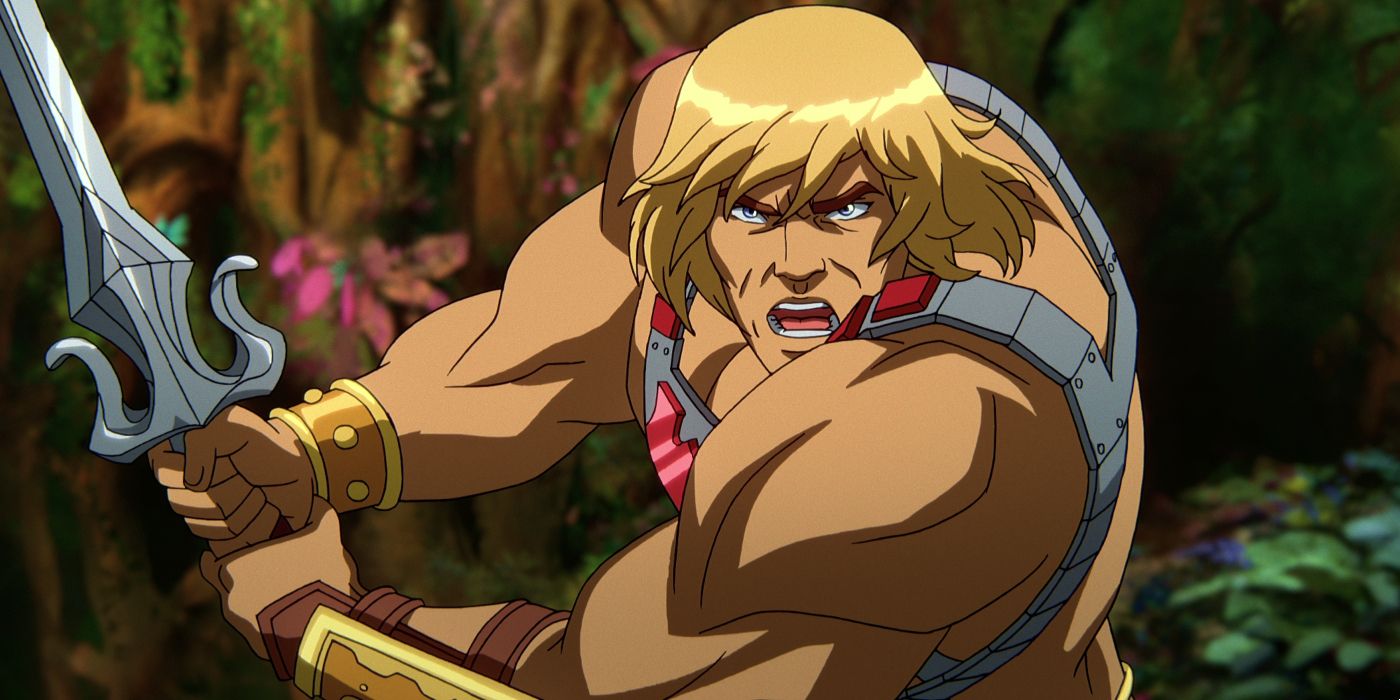Since its release, fans have wondered why Masters of the Universe: Revelation looks different from the original He-Man television series. First airing in 1983 following the success of the original toy line, He-Man went on to spawn multiple incarnations of Masters of the Universe. While some of these versions have opted to follow different timelines or continuities, almost all have been well received and built upon the popularity of the Masters of the Universe franchise.
While Masters of the Universe: Revelation is a direct continuation from the original 1983 show, He-Man's death at the end of the first episode instantly established the higher stakes of the new series. By the time Skeletor summons the Power of Grayskull during episode 5, it is clear Netflix's new iteration of He-Man has pivoted away from the 'moral of the story' format used to allay concerns surrounding showing He-Man using his sword to stab adversaries to children back in the 1980s.
However, the biggest departure from the original series came with Masters of the Universe: Revelation's appearance. A move away from rotoscope animation, coupled with a new studio, has ensured wholesale visual changes for the latest He-Man saga. Yet while there were always some anticipated tweaks with over 35 years separating the original series and Revelation, the difference in the end-product is still stark.
The studio that produced 1983's He-Man and the Masters of the Universe, Filmation, utilized rotoscoping heavily to bring their characters to life. Filmation animators would trace over live-action footage frame by frame to produce an animation that mimicked real human motion. For He-Man's design, Filmation traced thousands of motions before transferring them onto new sheets of paper, which would serve as the prototypes for other Masters of the Universe champions and animation templates for every other character in the series. Rotoscoping is a particularly evocative style of animation for fans of the original show, given its unique look and the sheer, warm nostalgia it engenders. Rotoscope animation is responsible for a plethora of content, from the entirety of Disney's Snow White and the Seven Dwarfs to the glow of lightsabers in the original Star Wars trilogy.
In contrast, Masters of the Universe: Revelation is helmed by Powerhouse Animation Studios, who announced they would be taking inspiration from Japanese anime for the Netflix series. Stylistically, this is quite the pivot from the original He-Man characters animation, with modern anime typically mixing Cel production with computer-generated images to produce fluid movements. As such, the slightly grainy, clipped motion of rotoscope gives way to sharper gestures, which appear cleaner on-screen and are likely more palatable for a new generation of young viewers. Yet many fans argue that in doing so, Revelation loses some essence of the original He-Man, which is ironically exactly what creator Kevin Smith wanted to replicate with his continuation of the original show's story. Masters of the Universe: Revelation may well be canon in the He-Man narrative, but its shift away from the rotoscope visuals has left some yearning for the nostalgic presentation of the original series.


